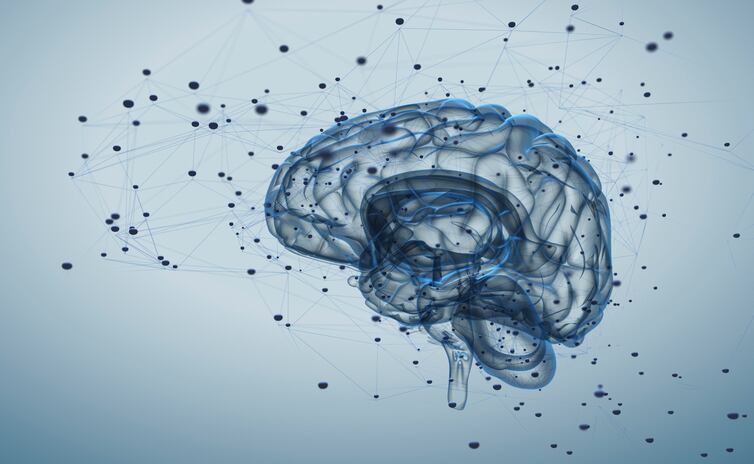Only last month, UK snack brand Nooro added nootropic-infused snack bars to its portfolio in Planet Organic. The brand’s debut CBD bar, which arrived in April, was the fastest selling snack product launch for the supermarket chain in the last 10 years.
Nooro are by no means the only company to be jumping on this brainy bandwagon, with German start-up Braineffect currently offering 20 different functional foods and supplements based on improving the mind.
With mental health a growing area in terms of food development, could the intelligent use of nootropics be the way to unlocking the potential of the new market?
Feeding the mind
“Nootropics seem to be most often used to boost memory, focus and creativity,” says Julian Mellentin, founder and director of New Nutrition Business.
“There are two types of nootropics: synthetic (such as piracetam) and natural. The natural nootropics are compounds that can be naturally found in foods, such as ginkgo biloba, panax ginseng and others.
“They can be used alone or in combination with other nootropics. For example, a popular combination is L-theanine (found in green tea) and caffeine.”
But how strong is the science behind nootropics? And how impactful are they in food?
Some nutrients and compounds have been scientifically shown to have cognitive-enhancing effects, including vitamins B6 and B12, phenethylamine (found in chocolate) and caffeine.
There are established dosages for a number of nootropics in order to achieve a beneficial cognitive effect. For example, 300-600mg of bacopa (a herb commonly found in Ayurvedic medicine) or 200-400mg of panax ginseng. However, for some nootropics the effect is cumulative.
“Although some nootropics are separately known to have cognition-enhancing effects, studies showing the combined effects of such substances are still sparse – perhaps with the exception of L-theanine and caffeine, whose combined effects is more extensively researched,” notes Mellentin.
“For other nootropics, the existing data is seen by many as not sufficient to definitely confirm their efficacy. But, in theory, if a food product has the minimum amount of the nootropic required for a positive effect, nootropics could be part of food and convey cognitive benefits.”
Recognise, energise
From a consumer/market/strategy point of view, nootropics is a road fraught with potential issues. Even the term itself is likely to inspire confusion, as it has almost zero consumer awareness outside the wellness community – though this is gradually changing, as mainstream media publishes more articles on the topic.
“The likelihood of success of nootropic products depends on whether the natural nootropics make sense in the mind of the consumer as part of a food product – for example, a snack bar with coffee beans can logically have a certain amount of caffeine in it,” explains Mellentin.
He notes that educating consumers about something like nootropics could be both a slow and expensive procedure and with no surety of success.
“People are constantly bombarded with new health terminology. Better to connect to what’s already in their mind or is easier to embrace. That’s where CBD, caffeine and ginseng have the edge.”
New Nutrition Business has flagged up both ‘mood’ and ‘cognition’ as emerging consumer trends – both connect to consumer needs – but products are still struggling to deliver.
A notable exception is Japanese food company Glico, which markets a chocolate with added gamma-aminobutyric acid. GABA for short, it acts as a neurotransmitter with brain ‘alertness’ benefits.
“The power of a ‘feel the benefit’ effect – this is behind the massive market of energy drinks. Consumers drink it and feel energised,” says Mellentin.
“So it is essential that a food product can deliver the mental energy/cognitive benefit it claims and consumers can feel it.
“The main reason why cognitive and mood products have so far usually floundered and failed or performed as ultra-niche products is that they don’t deliver enough of an effective dose to taste good and deliver a benefit people can feel. These are two key success factors.”
Get inspiration & support for your NPD and menu development. The original version of this article was published on Food Spark, which supports busy food professionals, marketing and insight teams who work in retail, foodservice and manufacturing.
Food Spark will offer immediate access to the emerging trends, ingredients, personalities and headwinds defining the future of food. Explore more content by visiting foodspark.com.


